The Eco-Epidemiology of Tick-Borne Hemoparasitic Diseases Using Geographic Information Systems
AUTHORS
Mohammad Mehdi Sedaghat 1 , Khadijeh Shemshad 2 , Karim Kamali 3 , Zabihollah Charrahy 4 , Akbar Biglarian 5 , Javad Rafinejad 1 , *
How to Cite: Sedaghat M M, Shemshad K, Kamali K, Charrahy Z, Biglarian A, et al. The Eco-Epidemiology of Tick-Borne Hemoparasitic Diseases Using Geographic Information Systems, Zahedan J Res Med Sci. 2013 ; 15(12):e4329.
ARTICLE INFORMATION
Zahedan Journal of Research in Medical Sciences: 15 (12); e4329
Published Online: January 30, 2013
Article Type: Research Article
Received: July 20, 2012
Accepted: October 16, 2012
Crossmark
CHEKING
READ FULL TEXT
COMMENTS



LEAVE A COMMENT HERE: